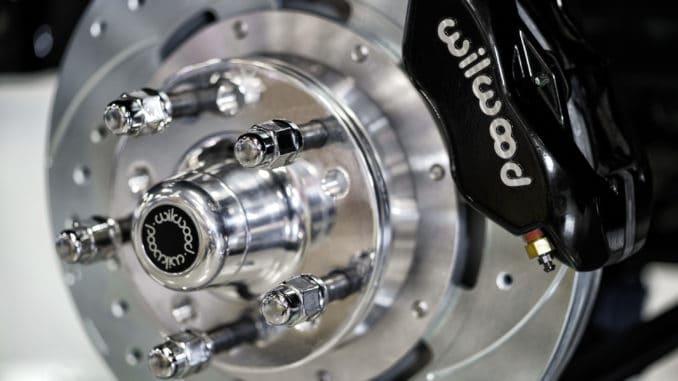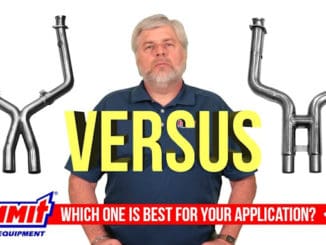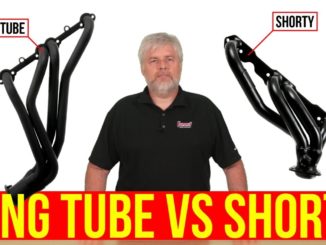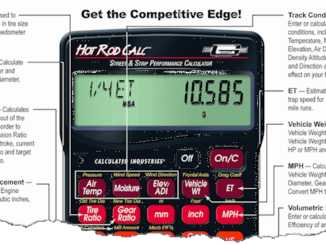
Performance brakes are designed to take much more abuse than normal brake components.
For this discussion, we are limiting ourselves to disc brakes only for the convenience of terminology. Other forms of brakes exist and the same basic principles we will discuss here exist in those systems too. Friction brakes work by applying pressure from a non-rotating part to a rotating part to stop it from rotating.
The faster the moving or rotating part is rotating, the more difficult it is to stop the rotation. It is always assumed that the part is moving at high speeds and that the need to stop is urgent. It is also assumed that the need to slow or stop it will arise again, and again.
When designing a friction braking system, the engineers consider that the pads wear away at a much faster rate than the rotor. The rotor is usually made of a hardened metal, and is designed to generate friction when pressed against the rotor. As the friction heats the rotor and the pad, the pad wears away taking some of the heat generated with it.
The difficulty in brake design is that there needs to be some balance between the wear of the pad and the wear on the rotor as well as stopping whatever is moving.
Performance pads and rotors take this to a higher level of engineering by determining that the pads and rotors will be victim to extreme stresses as part of their normal service life. And all the time they are improving on the materials and designs.




